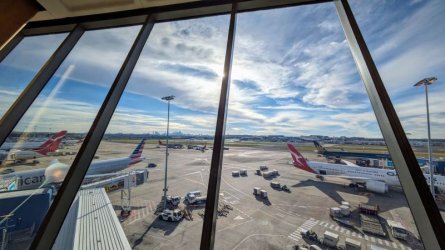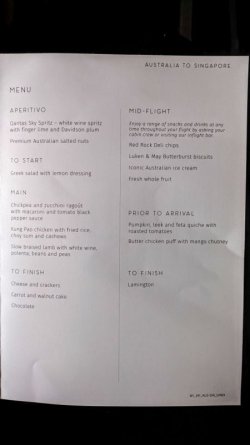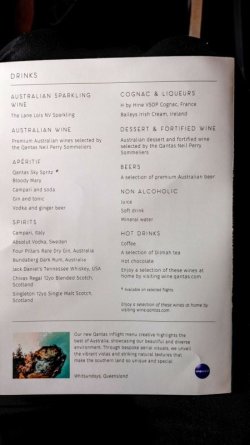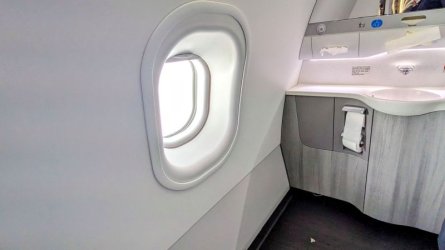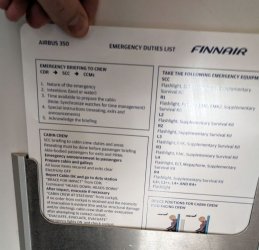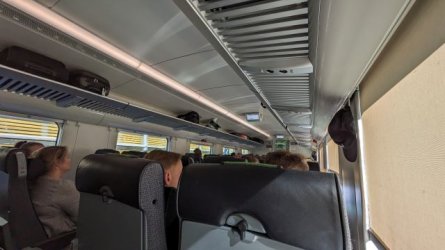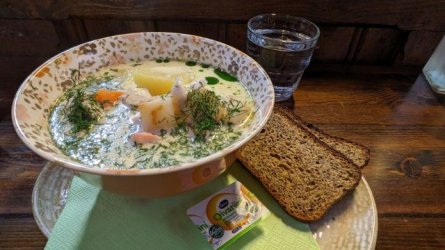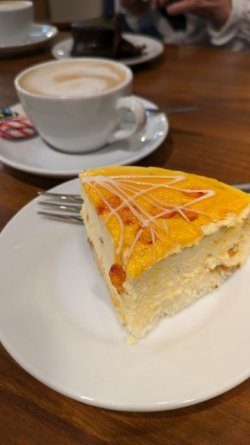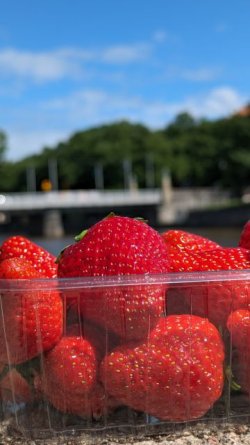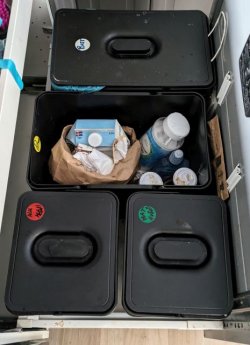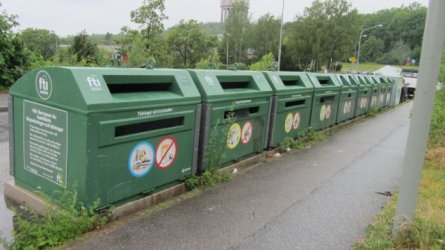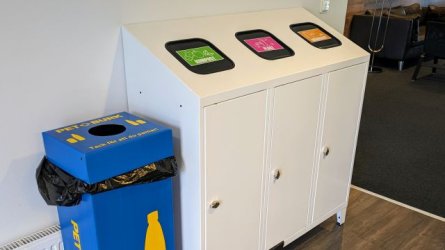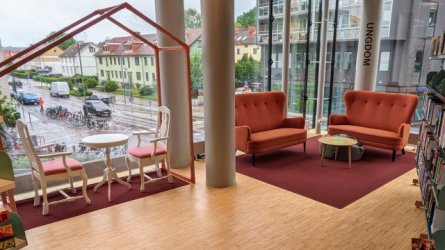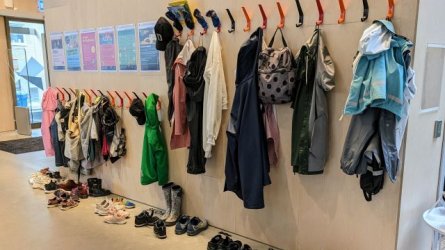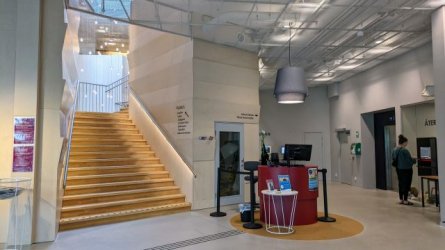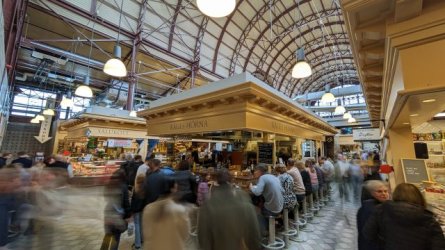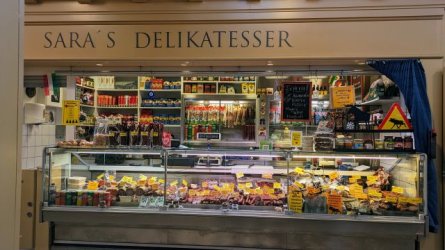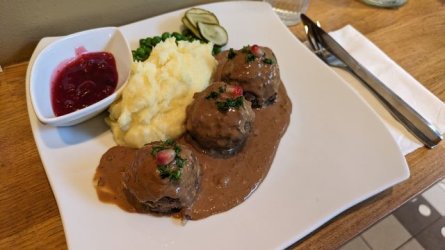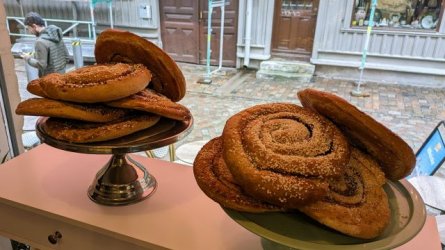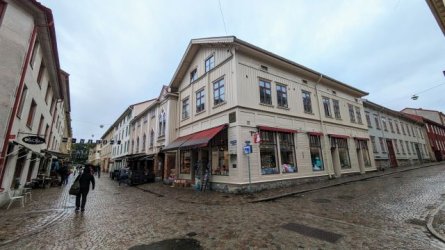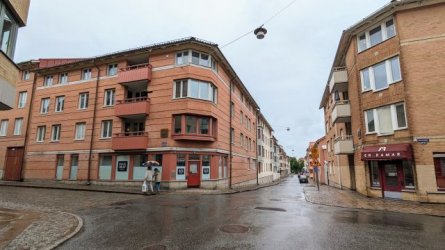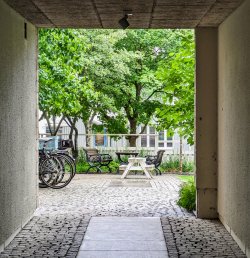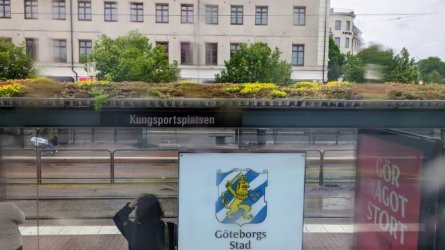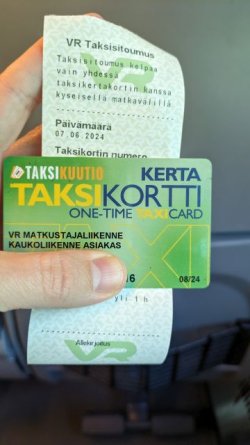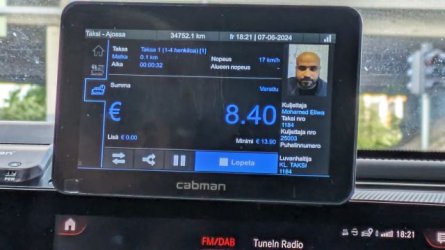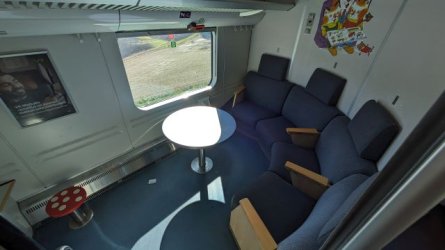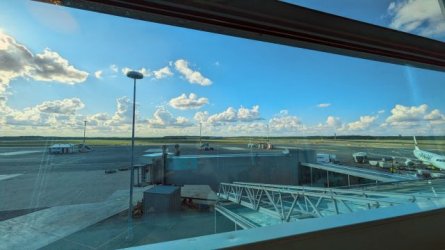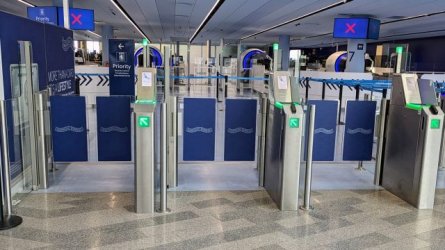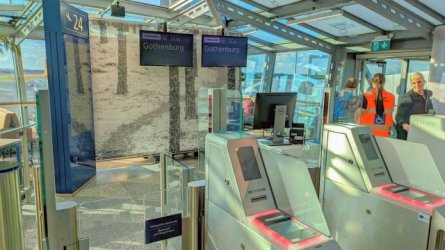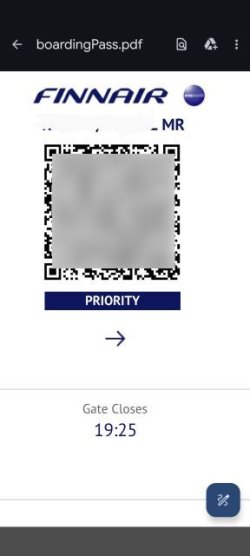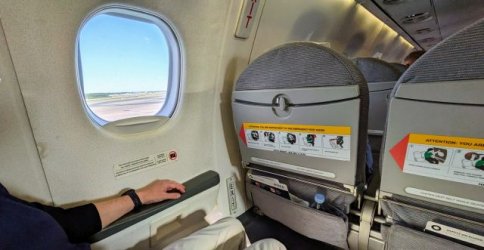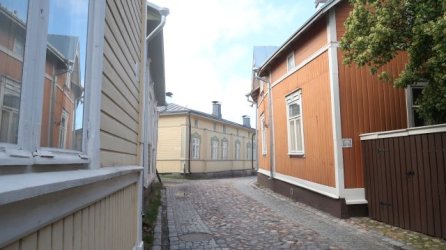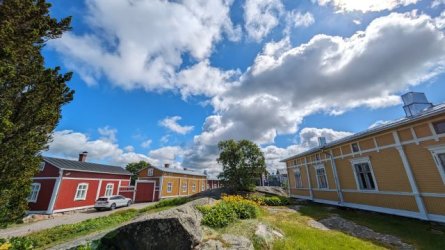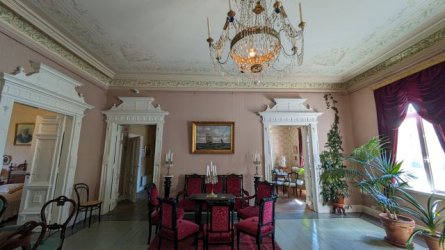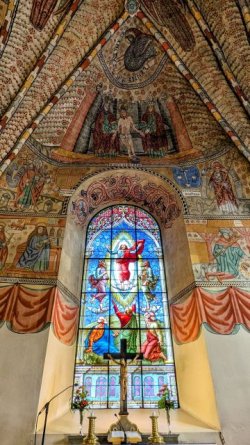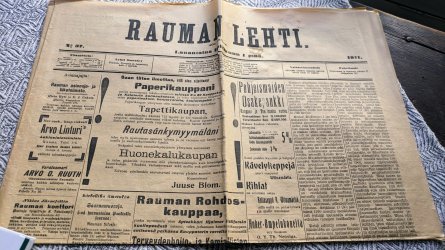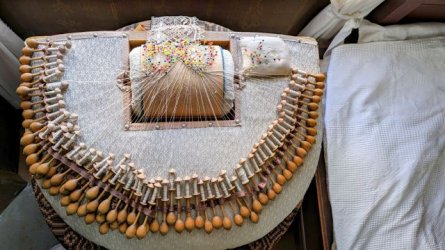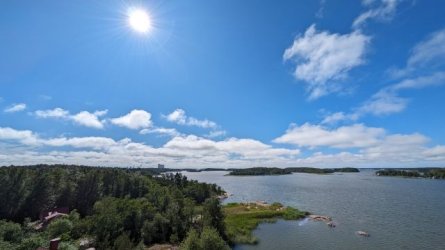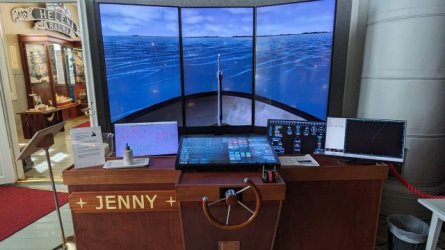FAVOURITE SPOTS IN GOTHENBURG
Some afterthoughts on my favourite spots in Gothenburg. This time around, the weather was very un-touristy: 12C, rainy and windy. Like a miserable winter day in Sydney. Combined with a rather short period of my own time, I bunkered indoors doing boring things. But from earlier trips and roaming around in sunshine, some favourites emerge. If you want to do a quick trip but get an idea of the city, I'd recommend 1.5 days: arrive in the morning and depart the next evening.
All of the locations mentioned below you can easily reach by tram or bus. There's no need to hire a car for the city alone. Take an
airport shuttle bus to the city (about A$17 one-way) and then pay your way using a Visa/Mastercard (unless you want
a transport pass).
You can reach Gothenburg also from Copenhagen and Oslo by train or bus, or driving.
Gothenburg City Museum (Göteborgs stadsmuseum)
A nice setup, hosts multiple exhibitions. Their Viking era display is definitely worth visiting for the artefacts and comprehensive cross-section of the local history from that era (the photo shows 1000 year old Viking swords). The region was one of the main hubs for the Vikings and the museum does good job in displaying it.
The city as such was founded in 1621 and the museum covers the development over time in a comprehensive way. You can speed through the museum in an hour but if you want to study and take in the local history, reserve an easy 3-4 hours.
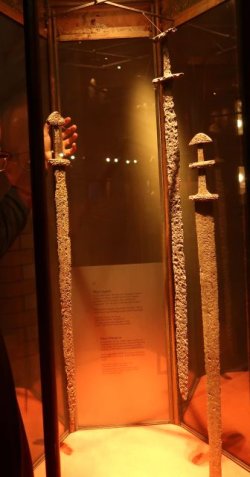 Botanic gardens (Göteborgs botaniska trädgård)
Botanic gardens (Göteborgs botaniska trädgård)
One of the places I try to visit in every city is their botanic garden or similar. They are usually a beautiful and tranquil oasis, breaking up the trip and giving the brains rest. Besides, it feeds from all of the narrative about how good greenery is for the human mind.
These gardens are quite large so you'll get to do some walking. It has several different segments and is organised well. I'd book 2 hours for this.
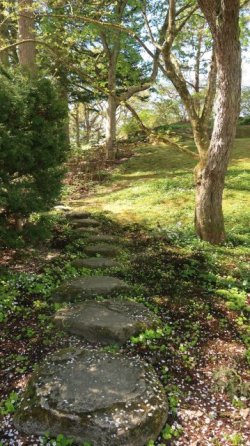 Slottsskogen ("Castle's forest")
Slottsskogen ("Castle's forest")
A forest area nestled in between the suburbs. A fantastic place to spend time outdoors and enjoy a glimpse of the southern Swedish nature. 1 hour minimum but you could easily spent several hours here.
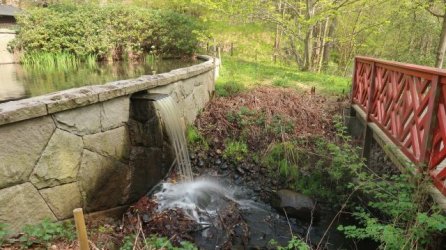 Trädgårdsföreningen ("Garden society")
Trädgårdsföreningen ("Garden society")
This is like an inner city botanic garden. A large park with green houses and various segments. Makes for a nice stroll, including swans and other birds at the waterfront. While at it, you should keep walking through Kungsparken and perhaps you'll end in Haga for a coffee. A few steps further would also be Järntorget, the centre of the labour union movement in the city. 1 hour for the gardens.
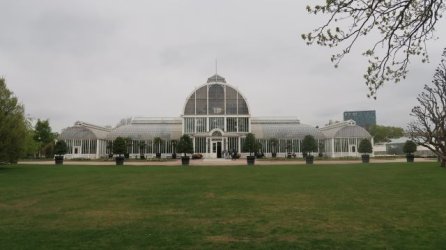 Churches
Churches
I've been through four different churches. If you like stopping by to see places of worship, these will offer you some variety. The text below is in the order of the pictures (top left, top right, bottom left, bottom right). If you happen to be visiting Haga, three of these churches are right next to you. If you want to tour through all four by foot in one go, reserve some 2-4 hours depending on how quick or relaxed your pace will be.
Hagakyrkan - A suburban church in the inner city, striking visual contrasts.
Oscar Fredriks Kyrka - Another inner city suburban church. Neo gothic style of architecture and the most colourful and spendid of these four.
Masthuggskyrkan - A seafarers' church up on a hill with fantastic 270 degree views toward the sea and across the city.
Cathedral (Domkyrkan) - A surprisingly simple interior for a cathedral. Leaves plenty of room for your own thoughts. If you have been to e.g. the Helsinki cathedral (Helsingin tuomiokirkko), you'll find many similarities between them.
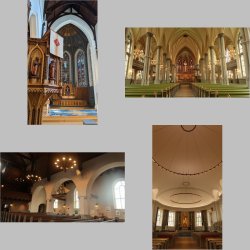 OTHER THINGS?
OTHER THINGS?
Remembering that Gothenburg is an industrial port city, there will be much more to see. Volvo head office & factory has been a dominant factor in the city life and has their own museum / display. There are also many other places to wander through and take in, if you want to immerse yourself in the city. You could start at the top of Avenyn by the art museum and concert hall, then pop into the city library for a look, and wander through the city centre to Barken Viking and marvel the colourful highrise building next to it. Perhaps then towards Stigberget and Majorna neighbourhoods.
If you have kids in tow, Liseberg is the largest amusement park in Scandinavia, founded 100 years ago and still very popular. On a rainy day, small kids would probably enjoy spending time in a local library even if the books were in Swedish.
ACCOMMODATION
There are heaps of options around the city centre. The largest hotel operator is Scandic and they are a reasonably priced, solid mid-range option (3-4 stars). You'll find also many other known players in the city but the big upper-scale chains have quite a small footprint in the city. If you want half a step up from Scandic etc, then Radisson Blu is an option to consider.
Locationwise, a great central location with plenty of transport, eateries and shops around would be along Östra Hamngatan and near the Cathedral (Domkyrkan).
